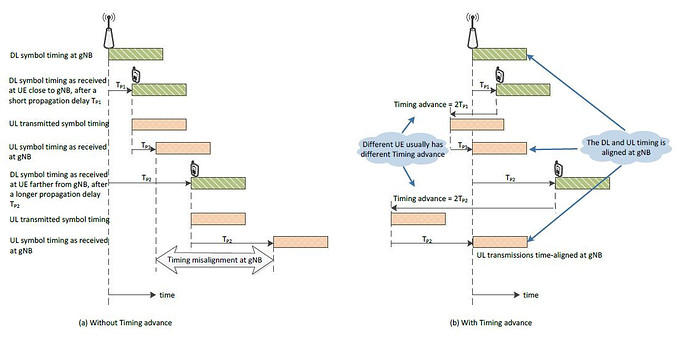Introduction
The Timing Advance parameter is very important in many applications and procedures of the GSM system.
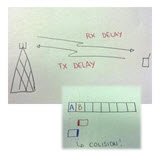
Let us understand what it is today, and know its main uses.
What is Parameter Timing Advance (TA) in GSM?
The Timing Advance is a parameter that allows the GSM BTS to control the signal delays in their communication with the mobile.
More specifically, is calculated by the delay of information bits in Data Access Burst received by BTS.
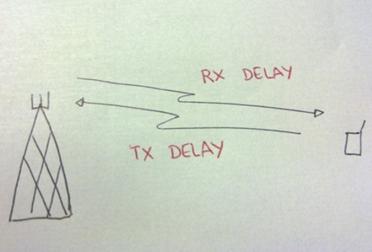
Recalling a little: GSM uses TDMA with sequential designated timeslots to allow different users sharing the same frequency.
A burst represents the physical content of a timeslot and can be of 5 types: Normal, Frequency Correction, Synchronization, Access or Dummy.
Each burst can carry bits of different types: Information, Tail, Training Sequence.
We have eight timeslots, each user transmits within 1 / 8 of that time, periodically. The arrival time in each slot is then known.
Users are randomly located around the station, a closer and more distant, yet we can consider the propagation environment as being the same for everyone.
So if we know the time and speed that the signal travels, we calculate the distance!
And how to use this parameter, not only to just check how far we are from BTS?
Applications
A major application of this parameter, you control the time at which each mobile can transmit a burst of traffic within a timeslot in order to avoid collisions of transmissions of the other adjacent users.
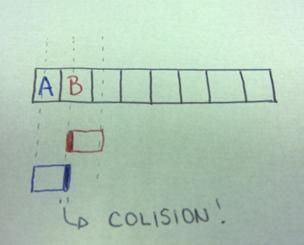
The TA signal is transmitted in the SACCH as a number between 0 and 63, in units of bit periods (3.69 microseconds). If the signal travels at 300 meters per microsecond, each TA is a distance of approximately 1100 meters. Because this is the distance round, each increase in the value of TA corresponds to a distance 550 between the mobile and BTS.
For example, TA = 0 means that the mobile is up to 550 meters from the station, TA = 1 means it is between 550 and 1100 meters, TA = 2, from 1100 to 1650 meters and so on.
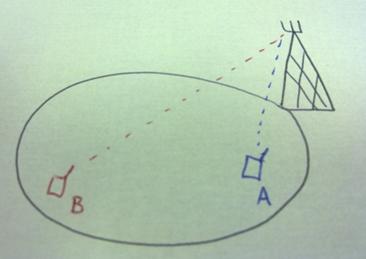
The maximum distance allowed by the TA between the MS and BTS is 35 km (GSM 850 / 900) * 63 or 550 meters.
So, for example during a test drive, we can measure how far we are from the BTS through the value of TA. He does not give us the position exta, but gives an accurate range of 550 meters.
Controlling interference by continually adjusting the TA, we have less data loss, and improve the quality of our signal .
As this is a parameter directly related to distance, it is natural that the TA is also used in locating applications .
Another good application is the handover control .
Imagine you have a cell that uses two concentric bands. You can set as a condition to allow the handover from one band to another.
More specifically: if you have a cell with 850/1900, you can set the band 850 as BCCH, and 1900 only to traffic. The TA threshold to control the terminal so it does not make for the 1900 handover if you’re far from the BTS.
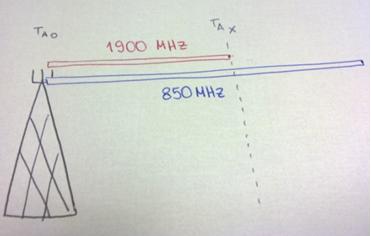
Extended Range
Despite the limitation of the GSM standard is 35 km as we speak, you can enable a feature that allows the TA is greater than 63. For this, the station receives the uplink signal in two adjacent timelots, instead of just one.
Conclusion
This was a brief explanation of the parameter TA in GSM.
